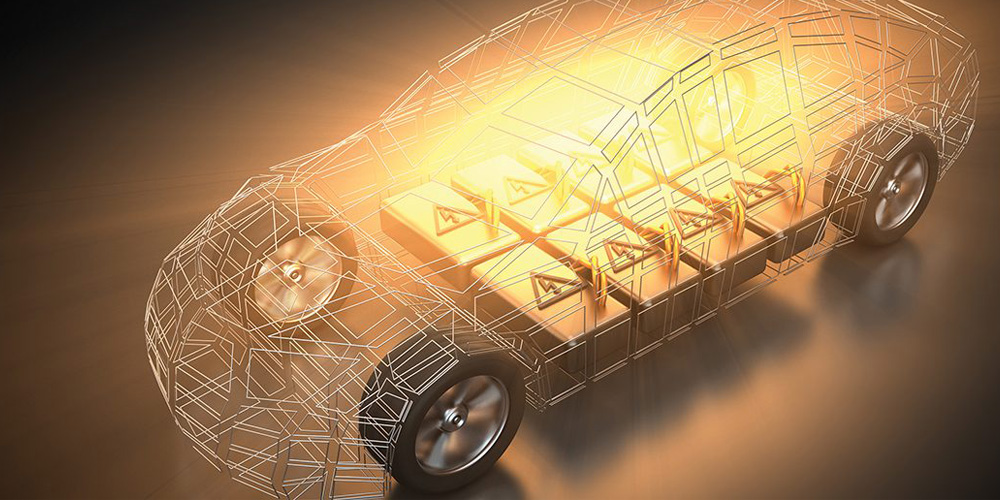nouvelles
Convertisseur AC-DC : Conversion du courant alternatif en courant continu
Auteur: Module d'alimentation ZYG Time: 2023-4-13
An AC-DC converter, also known as a rectifier, is an electronic device that converts alternating current (AC) to direct current (DC) by utilizing diodes or other semiconductor devices. This conversion is essential for many electronic devices that require DC power to function, such as computers, televisions, and radios.
There are two main types of AC-DC converters: half-wave and full-wave rectifiers. A half-wave rectifier only allows one-half of the AC waveform to pass through, resulting in a DC voltage that is only half as large as the AC voltage. A full-wave rectifier allows the entire AC waveform to pass through, resulting in a DC voltage that is nearly equal to the AC voltage.
In addition to diodes, AC-DC converters may also use capacitors and transformers to regulate the output voltage and provide isolation from the AC input. Capacitors can smooth out fluctuations in the DC output voltage, while transformers can step up or step down the input voltage to match the needs of the device being powered.

AC-DC converters are commonly used in power supplies for electronic devices, where they convert the AC voltage from a wall outlet to a DC voltage that is suitable for powering the device. They are also used in many other applications, such as in automotive and industrial settings.
Overall, AC-DC converters play a crucial role in powering many of the electronic devices that we use on a daily basis. They allow us to convert the AC power from our wall outlets into the DC power that these devices need to operate, making them an essential component of modern technology.

Précédent: Generating Power with an AC-DC Converter
Prochain: AC-DC Converter: Transforming Alternating Current to Direct Curren
les informations pertinentes
-
2023-4-15
How to Build an AC-DC Converter
An AC-DC converter is an electronic device that converts alternating current (AC) to direct current (DC). This is a common requirement in electronic circuits as most electronic components require DC for proper operation. In this article, we will discuss how to build an AC-DC converter. Step 1: Determine the Voltage and Current Requirements The first step in building an AC-DC converter is to determine the voltage and current requirements for your application. This will depend on the specific electronic components you are using. For example, if you are powering an LED, you may require a low voltage (e.g. 5V) and a low current (e.g. 20mA). On the other hand, if you are powering a motor, you may require a higher...
Voir les détails -
2023-10-13
Fully Modular Power Supply: The Ultimate Solution for Cable Management
Introduction In today's technology-driven world, cable management has become crucial for maintaining a clean and organized setup. One of the key components in achieving this is a fully modular power supply. It offers a solution to the tangled mess of cables that plagues many computer enthusiasts. This article will explore the advantages of a fully modular power supply and why it is the ultimate solution for cable management. What is a Fully Modular Power Supply? Before diving into the benefits, let's understand what a fully modular power supply is. Unlike traditional power supplies, which come with a fixed set of cables, a fully modular power supply allows users to detach and attach cables as needed. This feature offers flexibility and...
Voir les détails -
2023-7-15
China AC-DC Power Supply wholesale: Efficient and Reliable Source of Electrical Energy
Introduction: In today's modern world, electrical energy plays a vital role in powering various devices and systems. From our homes to industries, we rely heavily on a constant and reliable source of power. One such device that ensures the efficient conversion and supply of electrical energy is the AC-DC power supply. This article aims to explore the significance, working principle, and advantages of this crucial component in our electrical systems. Significance of AC-DC Power Supply: An AC-DC power supply is an electronic component responsible for converting the alternating current (AC) from the main power source into direct current (DC). This conversion is necessary because most electronic devices and systems operate on DC power. Therefore, the AC-DC power supply plays a...
Voir les détails -
2023-7-2
Introduction: AC DC Power Supply SD Series is a range of power supplies designed to convert alternating current (AC) into direct current (DC) for various industrial and commercial applications. These power supplies are known for their high performance, reliability, and efficiency. In this article, we will explore the features, benefits, and applications of the AC DC Power Supply SD Series. Features: 1. Wide Input Voltage Range: The SD Series power supplies have a wide input voltage range, allowing them to operate with different power sources around the world. 2. Multiple Output Voltage Options: These power supplies offer multiple output voltage options, ranging from 3.3V to 48V, making them suitable for a wide range of devices and equipment. 3. High Efficiency:...
Voir les détails -
2022-12-13
Can Small size power module become the future of power supply?
Small size power modules seem to be the future of power supplies. They are more efficient and take up less space. This makes them perfect for applications where space is limited. What are small size power modules? Small size power modules are a type of power module that is designed to be small and lightweight. They are often used in portable devices and other applications where size and weight are important factors. Small size power modules can be less efficient than other types of power modules, but they offer a number of advantages that can make them a better choice for some applications. What are the benefits of using a small size power module? Small form factor power...
Voir les détails -
2023-6-6
Custom Type Power Series: Enhancing Your Typography Skills
Typography plays a crucial role in graphic design and visual communication. It can make or break a design, conveying the intended message or confusing the viewer. Therefore, it's essential to have a solid understanding of typography principles and techniques. One way to improve your typography skills is by exploring custom typefaces. Custom typefaces, also known as bespoke or exclusive typefaces, are fonts that are designed for a specific brand, project, or purpose. They are unique and tailored to meet the needs and preferences of the client. Custom typefaces can enhance a design's aesthetic appeal, readability, and brand identity. In this article, we'll explore the benefits of using custom typefaces and how they can enhance your typography skills. 1. Uniqueness and...
Voir les détails


















